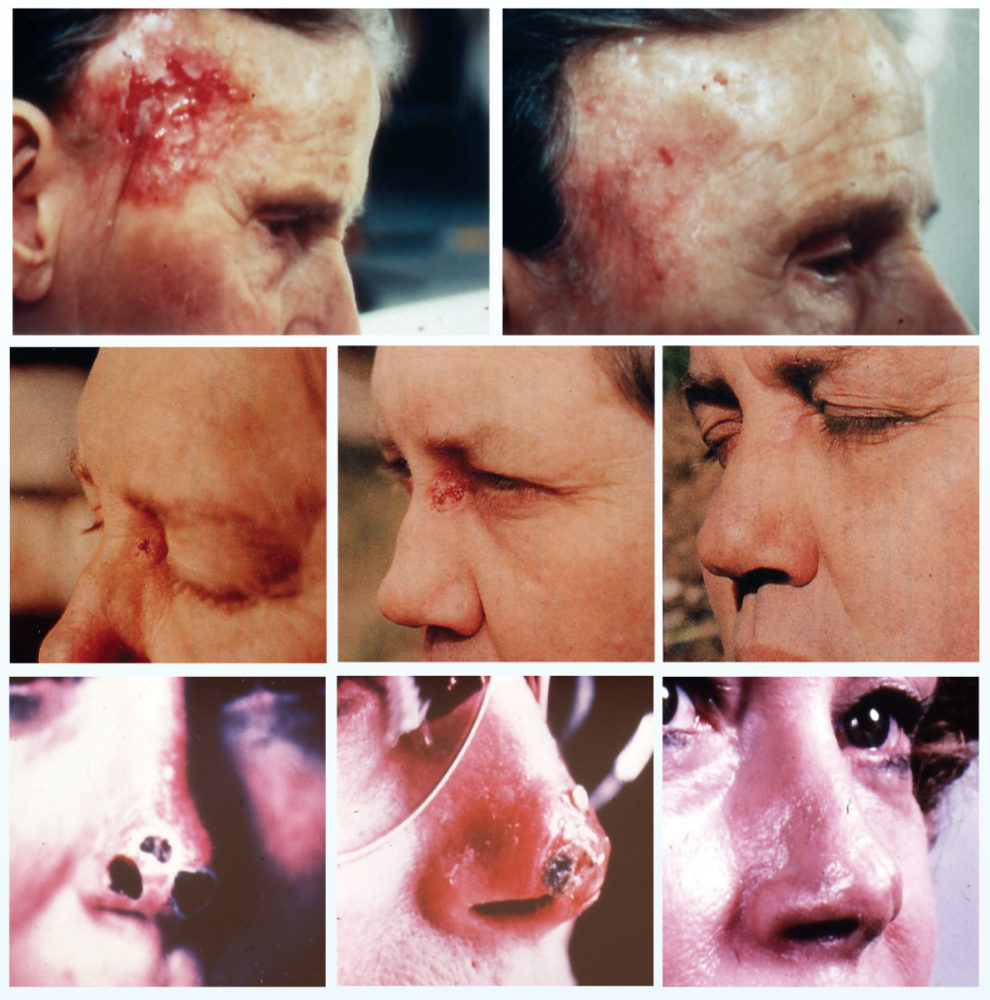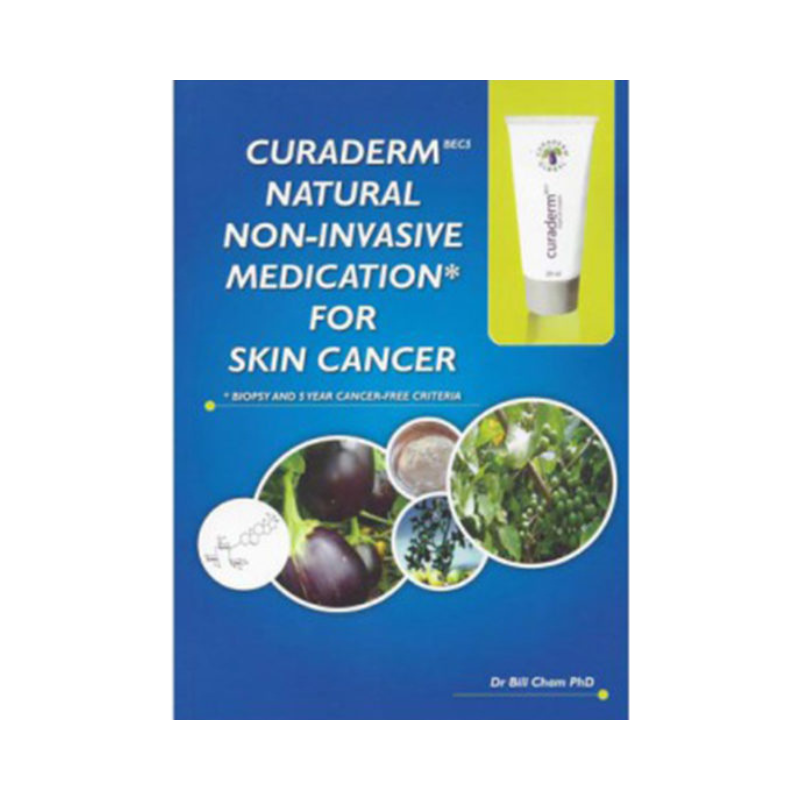Treating skin cancer on the face
Facial skin cancer is very common; it is one of the most common sites for BCC, SCC and melanoma skin cancers due to its ongoing exposure to UV radiation from the sun. Different types of skin cancer will present differently so if you do notice any changes to the skin on your face, it is definitely best to get it checked as soon as possible to understand what you may be dealing with.
Other, rarer types of skin cancer that can occur on the face include lymphoma of the skin, sarcomas in connective tissues and Kaposi’s sarcoma (caused by a herpes virus).
Because the face is a very prominent part of the body and an individual’s appearance, people often seek advice about changes to the skin in this area faster than on other areas of the body. Subsequently, treatment is often received sooner, which means success rate is often higher for treating facial skin cancer.
Treatments for facial skin cancer
Depending on the type of cancer present, there are a number of initial options for treating skin cancer on the face. This can range of invasive options such as excision and surgery, non-invasive options but with the risk of side effects like topical chemotherapy and radiation, and then options like topical immunotherapy which works to push the body’s immune system into killing skin cancer cells.
If these options have been tried or a different, non-invasive approach is desired, then Curaderm BEC5 cream is an excellent option. Often referred to as “the eggplant cancer cream”, Curaderm is the world’s first anti-cancer cream.
Curaderm BEC5 cream
Curaderm has been subject to over 20 years of research and clinical trials, giving biochemists confidence in its ability to cause cancer cell death by way of destroying the lysosomes through recognition of the sugar rhamnose of the glycoalkaloid, and binding this to cancer cells. Seen as most potent in treating basal-cell carcinomas (BCC) and squamous cell carcinomas (SCC), Curaderm is created from a plant extract from the Australasia region, the Solanum Sodomaeum. The extract from this plant is called Solasodine Glycosides which is also found (in smaller quantities) in aubergines/eggplants.
Using Curaderm on the face
Numerous clinical trials across Great Britain and Australia have confirmed the ability of Curaderm cream to treat BCC and SCC cancers, including those presenting on the face. Whilst sufferers may feel concern at invasive treatments which can lead to an increased risk of scarring, Curaderm works through a twice daily topical application of the affected areas, which is not only effective in treating the cancerous lesions but also aids cosmetic appearance throughout and after treatment has finished. Whilst there may be residual changes to appearance, there is no surgical scarring.
The pictures below show Curaderm treatment in various areas of the face.

- It is important to note that Curaderm only kills cancer cells, therefore any healthy skin that may be inadvertently exposed to Curaderm will not be adversely affected.
- In addition, the affected area may seem redder than before Curaderm treatment commenced during treatment, but this will desist over time.
Guidelines to applying Curaderm
- Clean and disinfect the area to be treated
- Apply BEC5 cream and cover with a micropore bandage. This helps to keep the cream moist.
- Keep the area dry and do not wash the cream away.
- Change the micropore bandage after each application (so twice a day).
- Please store Curaderm at temps below 25C (77F).
If you have lesions in “wet” areas such as inside the mouth, then we would recommend seeking further guidance before using Curaderm. This is because the cream must be kept dry in order to be fully effective. If the cream is washed away too quickly, it may not be able to act.
For full details, please visit the Curaderm page: https://www.antiaging-systems.com/products/curaderm-bec5/
